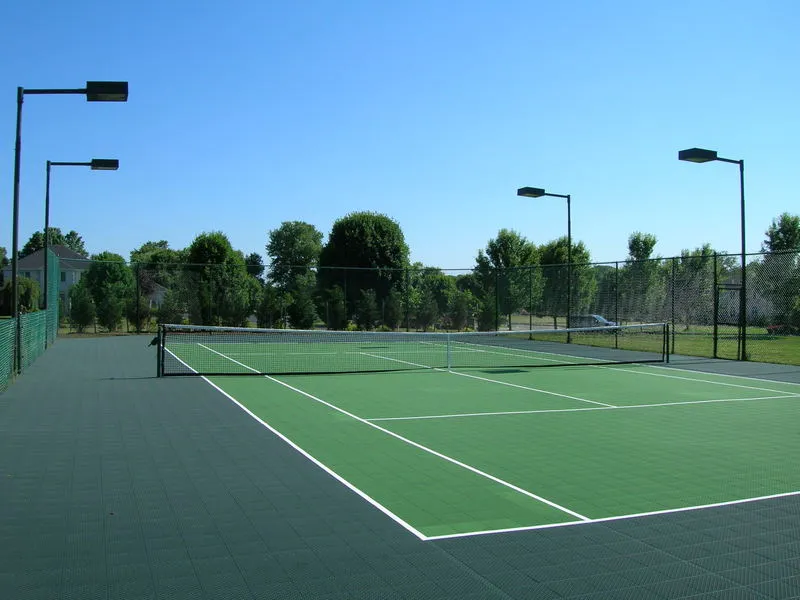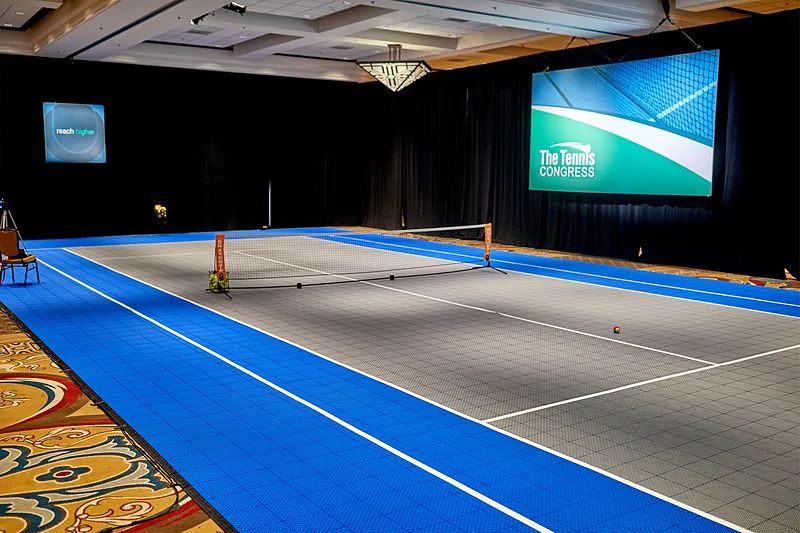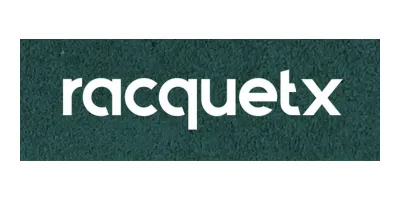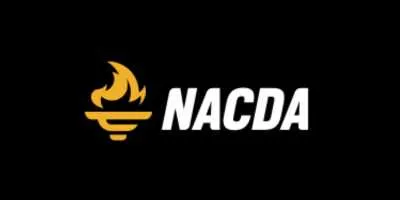Home » Tennis Court » Tennis Court Construction and Resurfacing Guide for Orange County

Are you considering a tennis court construction or resurfacing project in Orange County, California?
This comprehensive guide is designed to help you navigate the process. Specifically tailored for project planners in schools, commercial sports facilities, and municipalities, this guide considers the unique aspects of Orange County’s Mediterranean climate. With its warm, dry summers and mild winters, careful material selection and design choices are crucial for creating long-lasting, high-performance courts.
Beyond the climate factor, our guide emphasizes the significance of complying with Orange County’s specific construction standards, building codes, and permit requirements. This guide is your essential resource for ensuring the success and longevity of your tennis court projects in this vibrant region.
For a tailored project estimate, be sure to use our tennis court cost calculator.
Tennis Court Construction and Resurfacing Costs in Orange Country
New Installation Cost
For a brand-new tennis court, prepare to allocate funds for site preparation (clearing, leveling, ensuring drainage), materials (concrete slab, base, and finishing), skilled labor (excavation, installation), permits, and any additional features like lighting, fencing, or landscaping.
On average, the total cost of constructing a new tennis court falls within the range of $25,000 to $150,000.
Resurfacing Cost
Tennis court surfaces need resurfacing over time due to wear and tear. Resurfacing involves cleaning, repairing cracks, and applying a fresh playing surface. This includes the cost of resurfacing materials (like acrylic coatings) and the labor required for preparation, application, and re-striping the court.
Resurfacing is usually necessary every 4 to 8 years, with costs generally ranging between $3,000 and $14,000 based on court size and the type of surface you choose.
Calculate the Total Cost of Your Project
Tennis Court Cost vs. Other Regions in California
Building or resurfacing a tennis court in Orange County typically ranks in the mid to high cost range compared to other regions in California, due to high land and labor costs and stringent building regulations.
While Orange County may not be the most expensive region in California to build or resurface a tennis court (areas like San Francisco and Silicon Valley might be higher due to even greater land and labor costs), it is generally more expensive than more rural or less economically developed areas in the state.

Orange County Climate and Its Impact on Tennis Court Construction and Resurfacing
Orange County’s pleasant climate on the coastline of Southern California significantly influences tennis court construction and resurfacing, and can be categorized into two distinct environmental areas:
Coastal Region
- Sun and Salt: Coastal areas bask in abundant sunshine, which can accelerate fading and surface degradation. Opt for UV-resistant acrylic coatings or concrete surfaces with high-quality sealants to minimize sun damage. Salt air can contribute to corrosion, so you need to choose rust-resistant fencing and hardware components.
- Wind and Sand: While providing a refreshing breeze, coastal winds can blow sand and debris onto the court. You have to consider windbreaks like trees or strategically placed fencing to reduce surface abrasion and keep the court clean.
Inland Valleys
Further inland, the landscape transitions into valleys surrounded by hills and mountains. Inland valleys experience summer temperatures regularly in the 80s-90s°F and occasionally exceeding 100°F during heat waves. This necessitates two things:
- Heat-Resistant Surfaces: Acrylic surfaces specially formulated for high-heat resistance or light-colored concrete help minimize heat absorption, reducing surface cracking and improving player comfort.
- Base Stability: Extreme temperatures cause expansion and contraction of the court base. A meticulously constructed base with proper compaction and reinforced materials is crucial to prevent cracking and unevenness.
Drainage
Orange County experiences a relatively low average annual rainfall of approximately 15 inches. Although infrequent, heavy downpours during the winter months can flood a poorly drained court. Excellent drainage systems, including properly sloped base layers and permeable surfaces (if choosing clay courts), are essential to prevent water damage.

Considerations Across Orange County
- Santa Ana Winds: During these strong, dry winds, fine dust can infiltrate the court surface. Regular cleaning and resurfacing may be required more frequently. You need to consider windbreaks in particularly exposed areas.
- Construction Techniques: The foundation layer should extend approximately 150 mm below the surface. Proper compaction and drainage are crucial. For extreme temperature variations companies use Interlocking Court Tile Systems These patented systems expand and contract with extreme weather, minimizing cracking and maintenance of the tennis court.
Seismic Activity
While Orange County experiences less frequent earthquakes compared to regions like Los Angeles, it still has seismic activity. On average, the area experiences around 20-25 earthquakes per year, most undetectable but some registering on the Richter scale.
- Seismic Design Standards: Ensure the court design adheres to the latest California Building Code (CBC) seismic provisions for Orange County’s designated seismic zone. This considers factors like foundation design, lateral force resistance, and earthquake-resistant materials.
- Flexible Court Surface: Consider using a flexible court surface, such as acrylic or rubberized asphalt, which can better absorb seismic vibrations and minimize cracking compared to rigid concrete surfaces.
Water Conservation
- Reclaimed Water Research: Investigate the possibility of using reclaimed water for approved construction tasks like dust control or concrete curing, if regulations and local water agencies allow.
- Water-Saving Dust Control: Explore alternatives to frequent water spraying for dust suppression. Use crushed gravel on haul roads, commercially available dust palliatives, or even street sweeping to minimize water use.
- Water-Efficient Construction Equipment: Choose construction equipment with water-saving features. This includes machinery with low-flow water nozzles and leak-free connections for activities like concrete mixing or dust suppression.
Comparing Tennis Court Companies
When choosing a tennis court builder in Orange County, California, consider these essential factors:
Local Experience: Opt for builders familiar with Orange County’s specific climate and regulations.
Reputation and Reviews: Browse through their websites and evaluate their reputation through online reviews and client testimonials.
Licensing and Insurance: Verify that the builder is licensed and insured in California for compliance and protection.
Quality of Materials: Ensure they use durable, high-quality materials suitable for the local climate. Look for certifications and industry memberships that demonstrate quality.
Warranty and Aftercare: Compare warranty coverages (duration, labor and materials, etc.). Confirm warranty coverage and availability of maintenance services.
Tennis Court Construction & Surfacing Companies in Orange County, California
California Sports Surfaces
Since its founding in 1953, California Sports Surfaces (CSS) has been a pioneer in the development of sports surfaces, offering products that significantly enhance athletic performance. With a prominent presence in Orange County, California, CSS has established itself as a trusted leader in the industry. As an influential member of the American Sports Builders Association (ASBA) and holding certifications in all four ITF Court Pace categories, CSS has provided surfaces for some of the world’s most prestigious sporting events, including the Olympics and the US Open. Their dedication to excellence and innovation has earned them numerous accolades, including five ASBA 2023 Outstanding Facilities of the Year awards.
Tennis Court Systems:
- DecoTurf®: The official surface of the US Open from 1978 to 2019, offering a range of ITF pace ratings suitable for players of all levels.
- Plexipave: Chosen for major tournaments such as the Australian Open (2008-2019) and the BNP Paribas Open, Plexipave is recognized for its top-tier performance and durability.
- Rebound Ace®: Internationally known for its cushioned, multi-layered construction, Rebound Ace® is ideal for a variety of sports, including netball and basketball.
- Premier Sports Coatings®: These high-performance coatings are perfect for residential courts, clubs, universities, and recreational facilities, providing long-lasting durability and reliability.
Certifications & Memberships:
- Active member of the American Sports Builders Association (ASBA)
- Certified across all ITF Court Pace categories 1-4
Featured project by California Sports Surfaces at the Delray Beach Open Tennis Center.
VersaCourt
VersaCourt is a leading provider of premium tennis courts, known for its innovative modular interlocking tiles that deliver exceptional durability and performance. Their advanced tile systems create safe, customizable surfaces ideal for both residential areas and professional sports venues. In Orange County, California, VersaCourt offers comprehensive design and installation services, collaborating closely with clients to develop courts that meet specific aesthetic and functional needs. Widely used in local schools, parks, and resorts, VersaCourt’s products are celebrated for enhancing both safety and visual appeal. Their commitment to quality is underscored by their ISO 9001:2008 certification.
Tennis Court Systems:
- Consistent Ball Bounce: Engineered to provide reliable and consistent play.
- Enhanced Safety: Designed with superior grip to reduce the risk of injuries.
- Easy Maintenance: The modular design simplifies cleaning and allows for straightforward repairs.
- Customizable Design: Adaptable to various environments, whether residential or professional.
- Durability: Built to withstand diverse conditions, ensuring long-term performance.
- Versatile Installation: Available with options for both professional installation and DIY support.
Services Offered:
- Customized court design and installation services in Orange County.
- DIY installation support.
- Integration with additional features from The Recreational Group, including synthetic turf and playground surfacing.
Certifications & Memberships:
- ISO 9001:2008 certified, highlighting their commitment to quality management.
Outdoor Tennis Court Installation by VersaCourt

Indoor Tennis Court Installation by VersaCourt

Ecore Athletic
Ecore Athletic is a leader in the design and production of tennis court surfaces that enhance player performance through durable, ergonomic, and acoustically optimized materials. Their surfaces, suitable for both indoor and outdoor courts, prioritize safety, comfort, and high performance. Ecore Athletic is also deeply committed to sustainability, focusing on reducing rubber waste and developing environmentally responsible products. Serving Orange County, California, they provide top-quality solutions tailored to the unique needs of the region’s diverse tennis environments.
Tennis Court System:
- TrueCourt: Specifically designed for outdoor tennis courts, TrueCourt offers exceptional durability and optimal shock absorption to withstand the outdoor conditions in Orange County.
- TeamPlay M: Tailored for indoor courts, TeamPlay M ensures consistent ball response and provides cushioning to enhance player safety.
Services Offered:
- Comprehensive design and installation services for tennis courts in Orange County.
- Tailored solutions to meet the specific needs of each project.
Certifications & Memberships:
- Member of the American Sports Builders Association (ASBA)
- Holds certifications including FloorScore®, EPDs, HPDs, GREENGUARD Gold, and ISO 9001.

Local Building Codes and Permits for Tennis Court Construction and Resurfacing in Orange Country
Constructing a tennis court in Orange County involves adhering to a complex set of local building codes and regulations. These codes ensure the safety, longevity, and compliance of your tennis court project.
Key Codes to Consider
- California Building Codes: These encompass a range of state-wide codes governing construction, including the California Building Code, Residential Code, Energy Code, Green Building Standards Code, and more.
- Orange County Zoning and Land Use Regulations: The County of Orange Codified Ordinance and Zoning Map outline specific zoning requirements that could impact your tennis court’s location, size, and setbacks.
- Grading and Excavation Regulations: The Grading Code and Grading Manual provide detailed guidelines for any earthwork involved in your project.
- Other Relevant Regulations: Depending on your project’s scope, you might also need to consider noise ordinances, property maintenance regulations, and nuisance regulations.
Which Department to Contact?
The specific department handling tennis court permits varies depending on your location within Orange County. Here’s how to find the right contact:
- Cities: If your project is within a city, start by contacting the city’s Planning or Building Department.
- Unincorporated Areas: For locations in unincorporated Orange County, reach out to OC Public Works.
Permits Required for Building or Resurfacing Tennis Courts in Orange County
Here’s a breakdown of potential permits required when building a tennis court in Orange County, along with considerations based on the project’s location:
General Permits Required Across Locations
Building Permit
Almost always required for a new tennis court, as it falls under new construction. This covers structural aspects, grading, drainage, and potential electrical work for lighting.
Grading Permit
If significant earthwork is involved, such as leveling or changing site topography, a grading permit is needed.
Electrical Permit
Anytime you’re installing new lights or electrical components for your court, electrical permits ensure safe and compliant installation.
Plumbing Permit
Rarely needed for tennis courts unless you’re integrating amenities like a water fountain or other plumbing-related features into the court area
Read more: Tennis court construction guide for the state of California

Location-Specific Permit Considerations:
Schools
- If the school is public, projects might need California Division of the State Architect (DSA) approval, which enforces additional structural and safety codes.
- Some school districts may require a Conditional Use Permit (CUP) to confirm the tennis court aligns with local zoning and land use regulations.
Clubs (Commercial and Private)
- Zoning and Land Use Permits: You need to check zoning regulations intently, as clubs might be subject to specific setbacks, height restrictions, or noise regulations for tennis courts.
- HOA Approval (if applicable): For private clubs within a Homeowners Association, HOA approval is often necessary before construction.
Residential Properties:
- Homeowners Association (HOA): Many HOAs have strict rules about new additions like tennis courts. You need to consult with your HOA before planning to avoid any issues.
- Setback Requirements: Ensure your court meets all setback distances from property lines as dictated by local zoning ordinances.
Choosing the Right Tennis Court Materials in San Francisco
When choosing a tennis court surface in Orange County, the two primary options are hard courts and artificial grass.
Hard Courts (Acrylic): Hard courts feature a base of concrete or asphalt topped with acrylic or polyurethane. These surfaces are durable, requiring minimal upkeep, and they handle Orange County’s diverse weather conditions well, including efficient drainage for rain and resilience against morning fog, enabling year-round play.
Artificial Grass: Artificial grass courts demand less maintenance than natural grass—no watering, mowing, or fertilizing needed. They offer consistent play with predictable ball bounce and remain cooler in hot weather, making them comfortable and suitable for year-round use in Orange County’s climate. Their ease of upkeep makes them especially appealing for residential installations.

Tips for Tennis Court Maintenance and Upkeep
- Cleaning: Sweep away leaves, debris, and dirt regularly to keep the surface clear and prevent damage. Annually, a gentle power wash or a cleaning with a mild detergent can help maintain the court’s condition, especially avoid high pressure on asphalt surfaces.
- Crack Repair: Quickly address any cracks to stop them from worsening and to eliminate safety risks.
- Drainage: Ensure that the court has proper drainage to prevent water accumulation, which can cause mold growth and deteriorate the surface.
- Winterization: In areas with severe winters, protect the tennis court from freeze-thaw cycles. Consider covering the court or using a breathable net to shield it from the elements.
Bottom Line
Constructing a top-notch tennis court in Orange County demands thoughtful planning, taking into account the region’s specific climate and building codes. Partnering with a reputable Orange County tennis court construction company ensures you have a team well-versed in these local considerations. These experts will guide you through every step, guaranteeing a court that’s not only visually stunning but also built to last and provide exceptional playability for years to come.
Are you thinking about creating a professional tennis court? Get an instant estimate with our online calculator today.











